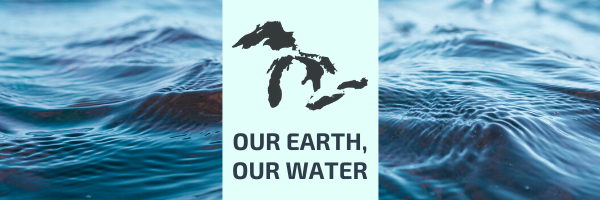
Each year, 22 million pounds of plastic enter the Great Lakes, according to research by the Rochester Institute of Technology. Plastic takes hundreds of years to degrade, and even then it’s never really gone. It breaks down, causing harm to animals and wildlife, and is eventually ingested by humans.
Plastic is almost unavoidable in our daily lives. It’s important for us to be aware – and be smart consumers – of when plastic is necessary and when it’s not.
For instance, in the midst of the Covid-19 crisis, plastic is critically important to protect health care workers and others on the front lines. From disposable plastic gloves to face shields to disposable packaging for sterile medical equipment, plastic products keep health care professionals and patients safe.
But, do all of us really need to be using as many single-use plastic bags or takeout utensils or single-use water bottles?
Recycling isn’t the answer. Much of what we use can’t be recycled. Instead, the best solution is to reduce plastic use from the start.
We know it’s not easy! Several members of our staff took the Plastic-Free Week challenge last year. They learned that it’s hard to avoid plastic but also learned a lot about making smarter choices.
Earth Week Challenge: How Plastic-Free Can You Be?
What simple changes can you and your family make to reduce plastic use?
Take our challenge: How Plastic-Free Can You Be? Use this spreadsheet to track your single-use plastic use for one day.
For this activity, keep a log of how much single-use plastic your household uses in one day. With the spreadsheet, mark each item you use.
Email us your total and share your thoughts by answering these discussion questions or having a family conversation about the challenge:
- How much plastic did you consume? Were you surprised?
- What single-use plastic items are you using more of during the current health crisis?
- What unnecessary plastics did you use – and what is a good alternative?
